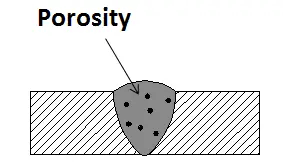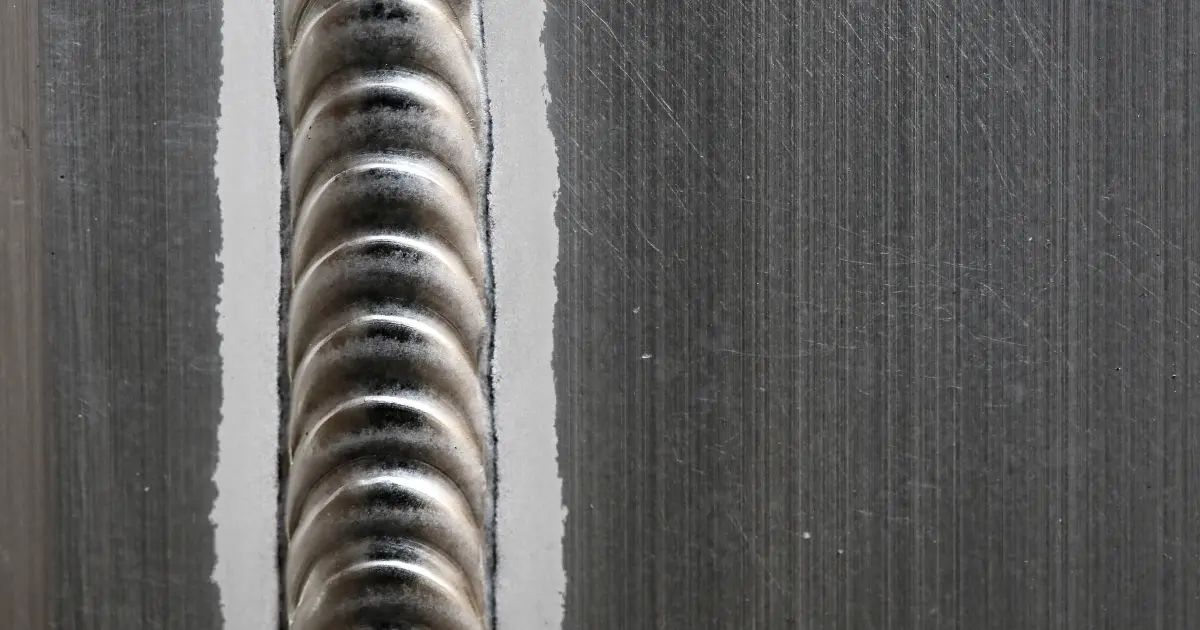Exactly how to Identify What is Porosity in Welding and Improve Your Strategy
Exactly how to Identify What is Porosity in Welding and Improve Your Strategy
Blog Article
Recognizing Porosity in Welding: Discovering Reasons, Impacts, and Avoidance Techniques
As specialists in the welding industry are well mindful, understanding the causes, impacts, and prevention strategies associated to porosity is vital for accomplishing durable and dependable welds. By delving into the root causes of porosity, analyzing its damaging impacts on weld quality, and exploring effective avoidance methods, welders can improve their understanding and abilities to generate top quality welds constantly.
Common Reasons For Porosity
Contamination, in the form of dust, grease, or rust on the welding surface, produces gas pockets when heated, leading to porosity in the weld. Inappropriate shielding occurs when the shielding gas, commonly used in procedures like MIG and TIG welding, is incapable to fully safeguard the liquified weld swimming pool from reacting with the bordering air, resulting in gas entrapment and subsequent porosity. Furthermore, inadequate gas insurance coverage, typically due to wrong flow rates or nozzle positioning, can leave parts of the weld unsafe, permitting porosity to develop.
Impacts on Weld Top Quality
The presence of porosity in a weld can significantly compromise the total top quality and honesty of the bonded joint. Porosity within a weld develops gaps or dental caries that weaken the structure, making it extra vulnerable to cracking, corrosion, and mechanical failure. These spaces function as tension concentrators, decreasing the load-bearing ability of the weld and increasing the chance of early failing under used stress. Additionally, porosity can additionally serve as potential websites for hydrogen entrapment, additional exacerbating the destruction of the weld's mechanical residential or commercial properties.
Moreover, porosity can impede the performance of non-destructive screening (NDT) methods, making it testing to find various other issues or suspensions within the weld. This can lead to considerable safety and security worries, specifically in essential applications where the structural integrity of the bonded parts is extremely important.

Prevention Techniques Review
Provided the detrimental influence of porosity on weld quality, reliable avoidance strategies are crucial to keeping the architectural integrity of bonded joints. In addition, choosing the proper welding criteria, such as voltage, current, and take a trip rate, can aid minimize the risk of porosity formation. By including these prevention strategies right into welding practices, the occurrence of porosity can be substantially reduced, leading to stronger and extra reputable welded joints.
Importance of Appropriate Shielding
Correct protecting in welding plays a crucial role in protecting against climatic contamination and making sure the honesty of bonded joints. Protecting gases, such as argon, helium, or a mixture of both, are generally used to shield the weld swimming pool from reacting with components airborne like oxygen and nitrogen. When these reactive elements come right into contact with the hot weld swimming pool, they can create porosity, bring about weak welds with minimized mechanical residential properties.

Poor shielding can cause different defects like porosity, spatter, and oxidation, compromising the structural stability of the bonded joint. Adhering to correct shielding methods is important to generate premium welds with marginal defects and make sure the long life and integrity of the bonded components.
Tracking and Control Methods
How can welders properly check and regulate the welding procedure to ensure optimal outcomes and protect against defects like porosity? One key method is via the usage of advanced tracking technologies. These can consist of real-time tracking systems that provide responses on specifications such as voltage, current, take a trip speed, and gas flow prices. By continuously monitoring these variables, welders can identify discrepancies from the suitable click now conditions and make immediate changes to avoid porosity development.

Furthermore, implementing proper training programs for welders is essential for monitoring and regulating the welding process effectively. What is Porosity. Enlightening welders on the relevance of keeping regular specifications, such as appropriate go right here gas protecting and take a trip rate, can aid avoid porosity issues. Regular evaluations and certifications can likewise make sure that welders are skillful in surveillance and managing welding processes
Furthermore, using automated welding systems can boost tracking and control capabilities. These systems can exactly control welding parameters, lowering the likelihood of human mistake and ensuring regular weld high quality. By combining innovative surveillance technologies, training programs, and automated systems, welders can successfully monitor and control the welding procedure to lessen porosity flaws and attain top notch welds.
Final Thought

Report this page